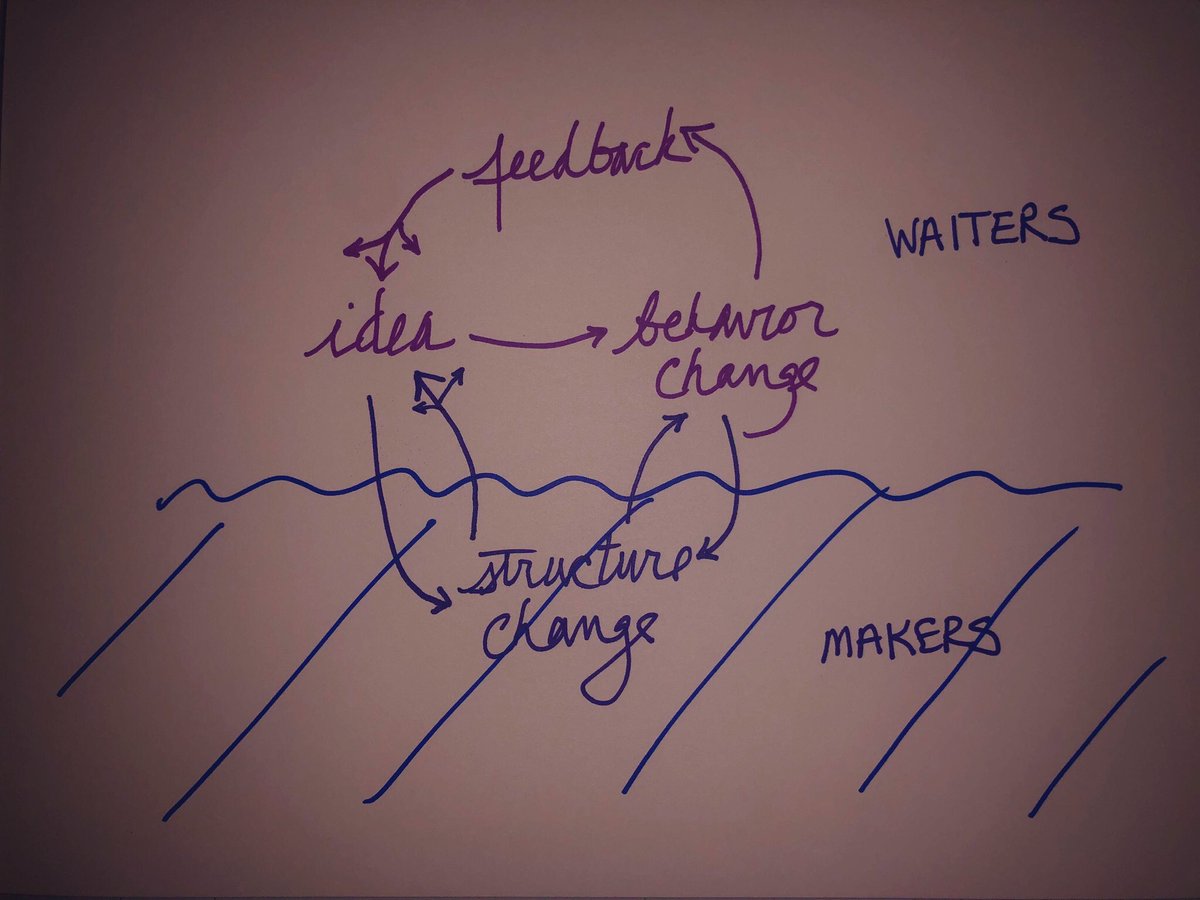
I can derive 3X: Explore/Expand/Extract from the Kelly Criterion. Explore: make more, smaller bets when the probability of failure (experiment returning the undesired outcome) is high & the payoff is high.
Expand: make one bet at a time when the cost of failure is total & the probability of success is reasonable.
Extract: make a few large bets when the probability of success is high & the payoff (as a percentage) is low (the absolute numbers will be huge compared to Explore).
• • •
Missing some Tweet in this thread? You can try to
force a refresh




